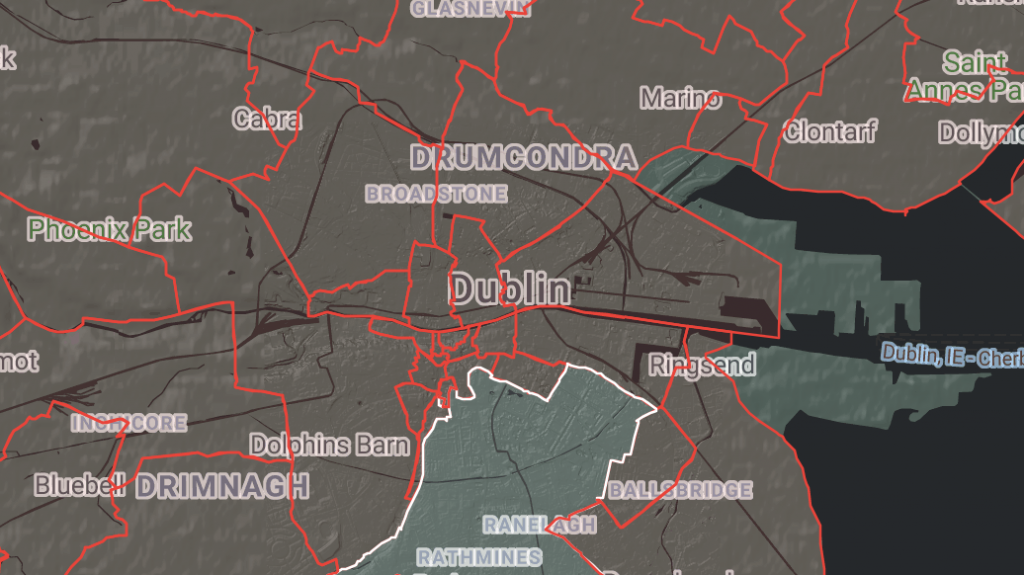When reading Siobhán Kilfeather’s overview of the Irish Famine in Dublin: A Cultural History, I was struck by one line in particular: “Traumatized by the events of the Famine, he became an advocate for revolution” (107).
This quote was with regards to John Mitchel, an Irish author whose radical writings eventually forced him to self-exile to America in 1853. However, he continued to write, and “his Jail Journal… became a hugely influential text for Irish Nationalist” (107). And all of this because the Irish Famine, which lasted from about 1845-1849.
Dracula was published in 1897. But Bram Stoker, its author, was born in 1847–in the midst of the event. He would have grown up in the aftermath of the devastation, both emotionally (as his family would have personally suffered through the Famine) and physically (as the Irish landscape was irrevocably changed).

As I pored over the interactive map the Irish Famine Project put together, I noticed that the regions in Ireland that appeared to be the least hurt by the Famine tended to be those near Dublin, the capital. The urban center remained fairly constant in terms of population when compared to regions on the western coasts of the country. While Rathfarnham, a civil parish in Dublin, had a population increase of 20%, Killaspuglonane, a civil parish on Irish’s west coast, had a population drop of 49%.
According to Kilfeather, this was largely due to a flight from “the deprivation in the countryside,” and Dublin itself soon became overwhelmed by “increasingly dense and impoverished tenement slums” (107). But this only happened because Dublin was considered safer than the rest of the country even as it began to devolve.
London and Dublin are each its respective country’s urban capital. I found it interesting that Dublin was considered relatively safe during the Famine, and that though London was Dracula’s primary target, it was eventually saved. The Famine and Dracula are each both related to hunger, as well. Dracula as a human predator seems to have a limitless appetite, sucking the life-force out of his victims as he progresses.
In another sense, Dracula reminded me of the Famine when I read Kilfeather’s explanation of “coffin ships” (107). As the Famine progressed, people fled Ireland on said ships for America. Dracula, too, moved West by sea. It was a notable fact that he traveled by boat, as was frequently noticed by Mina when she and Dracula were psychically connected. Dracula also spent his sleeping hours in a coffin. Though Dracula’s and the fleeing Irish’s plights were far from the same, I think it’s interesting that a popular phrase (“coffin ships”) could make its way into the novel in this vague sense.
I wonder if these connections could point to a sense of the Famine making its way into this famous piece of Irish literature, perhaps even embodied in the main antagonist. Even if it wasn’t written during the peak of the event itself and doesn’t strike as a particularly revolutionary piece (as Mitchel’s writing was) it still may carry a remnant of that history–a piece of its trauma.

The connection you make between the famine and Dracula is really intriguing. After reading your post, I can definitely see how deep anxieties regarding hunger influence the text. You’re absolutely right to point out that Dracula has an insatiable appetite; I agree that this definitely could represent trauma that is specific to the circumstances of the famine. Dracula is really flexible in how the Count and vampirism represent so many different themes, each equally as valid and insightful in their own respect.